Search
Did you mean: Shinto?
Search Results
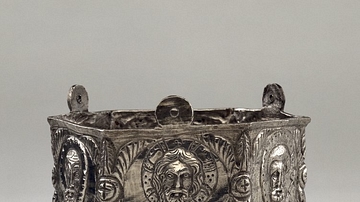
Image
Byzantine Silver Censer
Silver censer made in Constantinople (now, Istanbul) between 602-610 CE. Found near Acheripoietos Monastery, Cyprus. Depicts Jesus Christ, Mary, and Saints Peter, Paul, John the Evangelist, and James, each in a border of palms. (British...
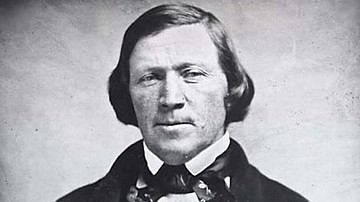
Image
Brigham Young
Brigham Young (l. 1801-1877), leader of the Church of Jesus Christ of Latter-Day Saints (Mormons) from 1847-1877.
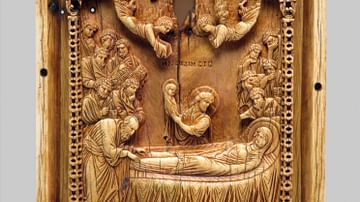
Image
Byzantine Icon with Koimesis
Made in the late 10th century CE, this ivory icon depicts the Koimesis, or death of the Virgin Mary. Also shown are Saints Peter and Paul. Measures 18.6 x 14.8 x 1.1 cm. (Metropolitan Museum of Art, New York)
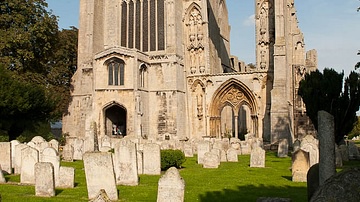
Image
Crowland Abbey
Crowland Abbey was founded in 971 CE according to the Benedictine Rule. It was dedicated to Saints Mary and Bartholomew, as well as Saint Guthlac of Crowland (c. 674 - 11 April 714 CE).

Definition
Joan of Arc
Joan of Arc (Jeanne D'Arc, l. c. 1412-1431 CE) was a medieval peasant who, claiming to receive visions from God, turned the tide of the Hundred Years' War in favor of a French victory. She was famously martyrd for standing by her claim of...

Definition
Protestant Reformation
The Protestant Reformation (1517-1648) refers to the widespread religious, cultural, and social upheaval of 16th-century Europe that broke the hold of the medieval Church, allowing for the development of personal interpretations of the Christian...

Definition
Christianity
Christianity is the world's largest religion, with 2.8 billion adherents. It is categorized as one of the three Abrahamic or monotheistic religions of the Western tradition along with Judaism and Islam. 'Christian' is derived from the Greek...

Definition
English Reformation
The English Reformation began with Henry VIII of England (r. 1509-1547 CE) and continued in stages over the rest of the 16th century CE. The process witnessed the break away from the Catholic Church headed by the Pope in Rome. The Protestant...
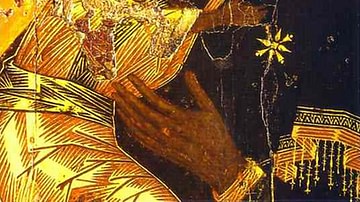
Definition
Byzantine Art
Byzantine art (4th - 15th century CE) is generally characterised by a move away from the naturalism of the Classical tradition towards the more abstract and universal, there is a definite preference for two-dimensional representations, and...

Definition
Augustine of Hippo
Aurelius Augustinus Hipponensis (354-430), better known as Augustine of Hippo, is extolled as the greatest of the Christian Church Fathers. More than any other writer, he developed what would become known as systematic theology, or an explanation...